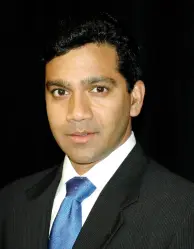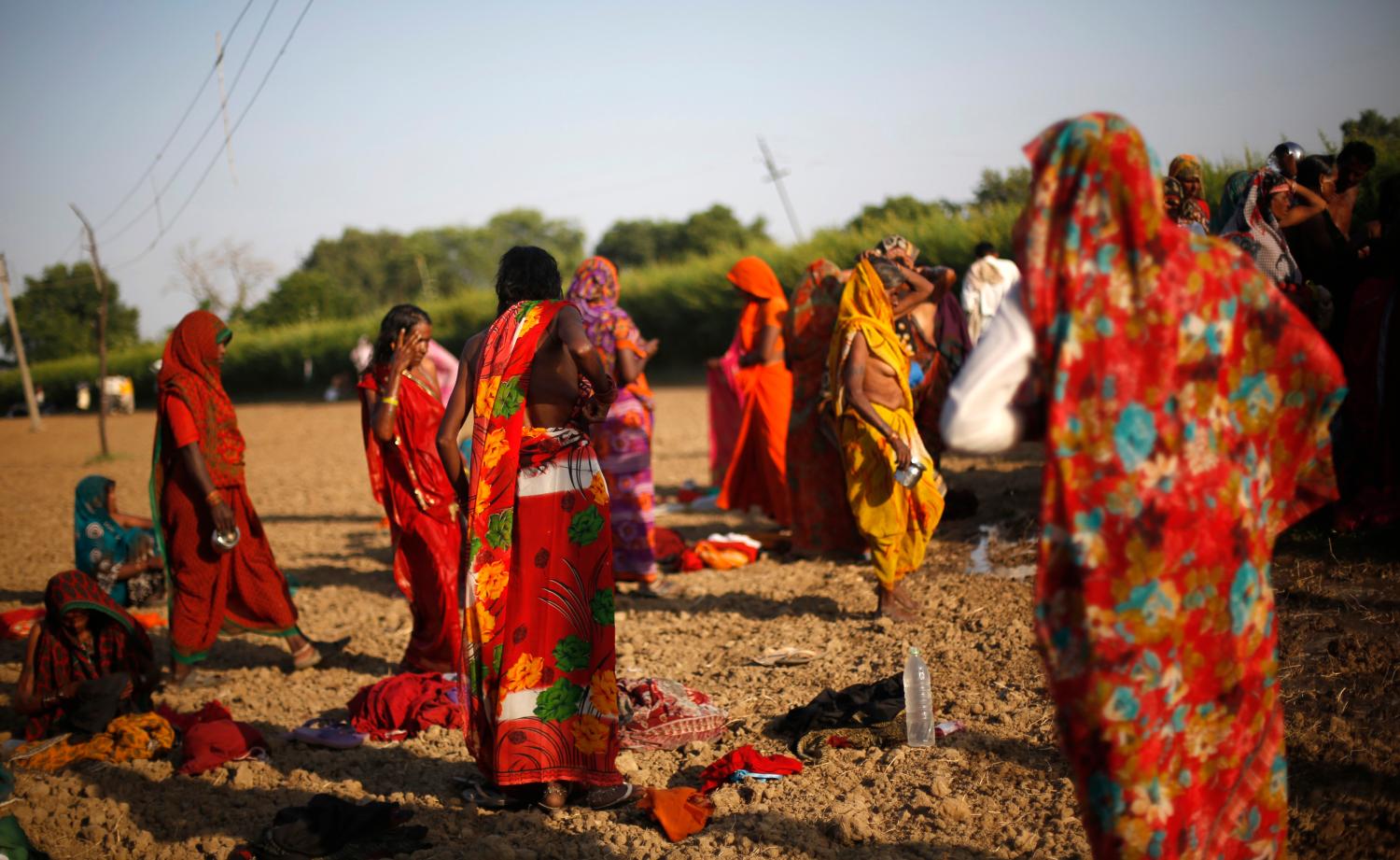INTRODUCTION
There is significant evidence of the role collective action plays in reducing poverty. Effective coordination by the poor has been shown to strengthen property rights (Baland and Platteau 2003; von Braun and Meinzen-Dick 2009), increase bargaining power in labor markets (Bardhan 2005), improve access to fi nancial markets (Karlan 2007) and increase public investments in poor communities (Alesina et al. 1999; Banerjee and Somanathan 2007).
In light of this evidence, governments, aid donors and international NGOs have sought to expand their support to collectives in poorer communities. At the World Bank alone, more than $50 billion has been spent in the past two decades on “community-driven development” projects that expand participation of the poor in the design, implementation and evaluation of development (Mansuri and Rao 2012).
The question of where social capital originates remains poorly understood. Most analyses of how poor communities resolve coordination problems focus on simple, group-devised solutions that restrict access to common resources (Bowles 1998; Ostrom 1998; Henrich et al. 2001; Fehr and Gächter 2000; Ostrom 2000; Ostrom and Ahn 2009). Others examine “socialization” effects for group members in fostering collective action (Miguel and Gugerty 2005). Overall, this research suggests that, in the absence of common preferences, collective action is likely to emerge when individuals have low costs of information, the opportunity to coordinate their actions, the opportunity to engage in repeated interaction and the power to reward contributors and punish free-riders. Given that these constraints are often binding for the poor, it follows that almost everywhere, the poor demonstrate lower levels of organization and collective action (Narayan et al. 2000; Gugerty and Kremer 2008).




